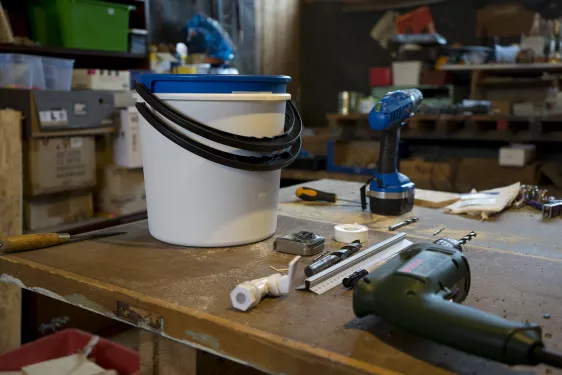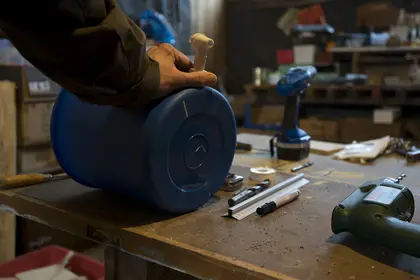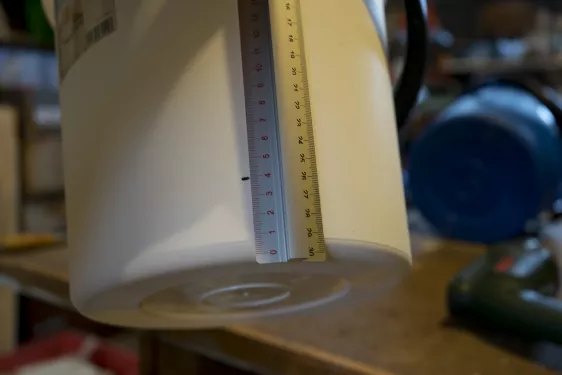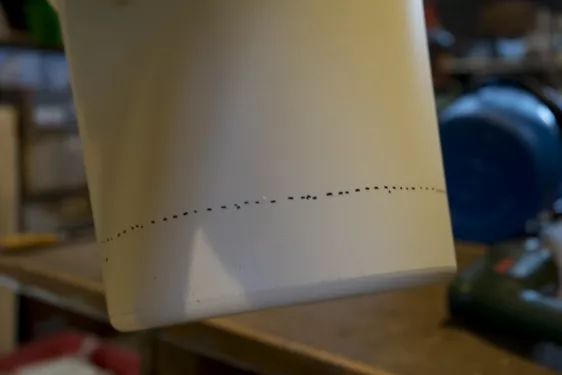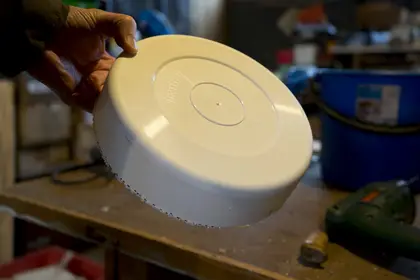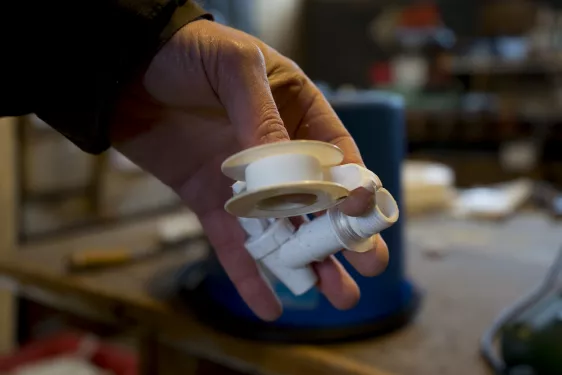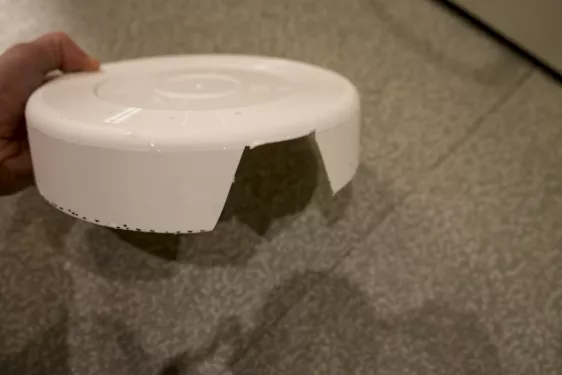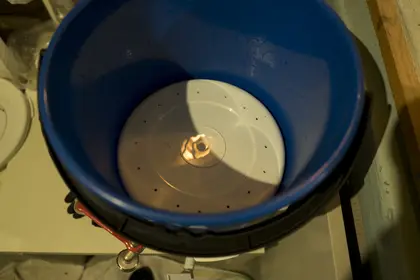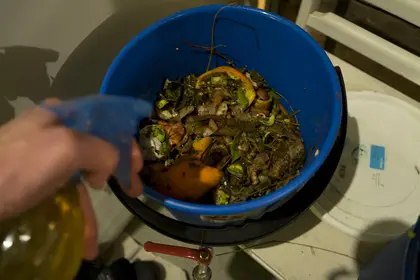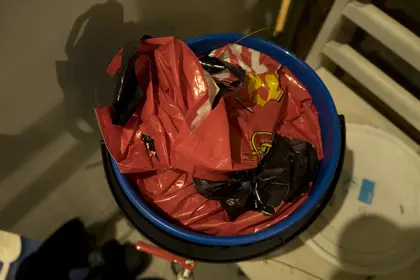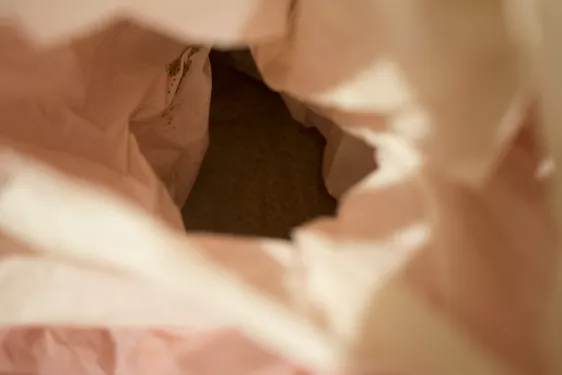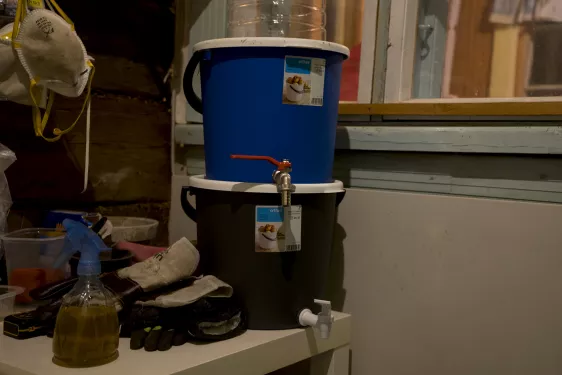Bokashi is one of the the hot topics that I came across in 2017. I actually came across it looking for EM, Effective Microorganisms. In 2018 I looked for Bokashi buckets but could only find those from Japan that come with a price tag of about 60,- € in Germany, and 90,- € in Finland. Sorry, but 90 € for a piece of plastic that probably costs 8 € to produce is for my taste a little bit too much on the greedy site. Therefore I decided to build my own.
Materiallist:
- 2 x 10 to 20 liter buckets that can be put inside it each other easily. The straighter their sides the better. One of it must have a lid.
- 1 valve (not bigger than 1/2" thread) with 2 seals and a nut.
- 2 Bag with about 2 liters of sand
Tools
- Drill, with bits in different sizes
- Knife
- Saw, one that can cut plastic
- Sand paper
- Seal tape
- Maker pen
- Ruler / Measuring tape
Instruction
- Check the valve size, and mark a point at the bottom of a bucket with the marker pen. Make sure that once you put in the valve later that it is as low as possible but still allows the nut inside the bucket to hold the valve. You need some extra space for the nut.
- Drill the hole into the bucket with a small drill (3 - 4mm).
- Gradually increase the drill size till the diameter of the valve.
- If you don't have a drill that is the same size as the valve use the drill that is close enough and cut the rest with a knife.
- Put seal tape onto the valve thread
- Put one seal onto the valve thread, put the valve on the bucket, inside the bucket put the second seal onto the thread, put the nut on the thread
- Tighten the valve with the nut.
- Mark a ring of 4 cm from the bottom around the second bucket - this will be our sieve.
- Saw along the marked ring.
- Use sand paper to clean the cut parts.
- Drill 20 to 40 small holes (3 - 4mm) into the bottom to make the actual sieve.
- Cut about 8 cm from the side of that cut part - it needs to go into the bucket but inside the bucket is the nut. We basically cut out some space for the nut.
- Leak test - put some water in it and check if the valve holds back the liquid.
- If it passes the leak test, put the the sieve in.
- Gradually fill with compostable material and spray with Effective Microorganisms.
- Use a bag within a bag and fill the inner one with about 2 liters of sand.
- Put the sand bag on top of your compostable material.
- Close the lid of the bucket.
The photos below give an impression on how it could be done.




